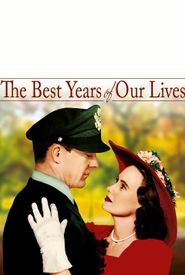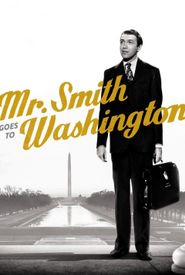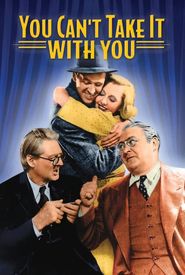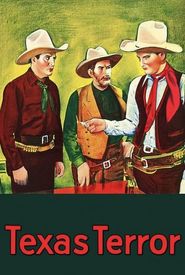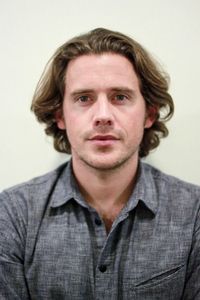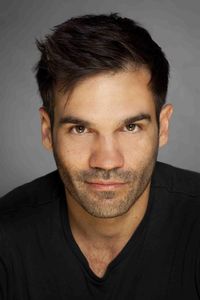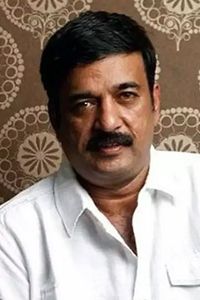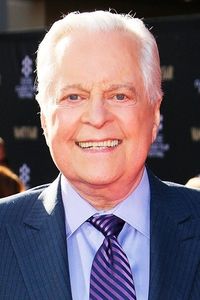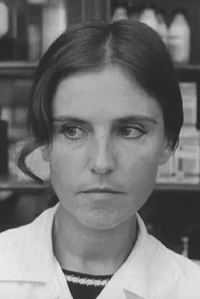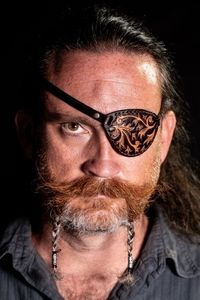John Ince, a talented actor and director, was born in 1878 in New York City to a family of vaudeville performers. He was the eldest of three brothers, with Ralph and Thomas H. Ince also pursuing careers in the entertainment industry.
Thomas, in particular, gained widespread recognition for his innovative work as a producer and director, building the first comprehensive movie studio, known as Inceville. This state-of-the-art facility housed everything from soundstages to processing labs to permanent sets, revolutionizing the film-making process.
Ralph, on the other hand, established himself as a skilled actor and director, with many critics praising his abilities more highly than those of his brothers. However, his personal life often overshadowed his professional accomplishments.
John, too, had a successful career as an actor and director, working closely with his brother Thomas on numerous projects. He directed several two-reel films and features, as well as acting in many of his own productions. One of his most notable works was the drama "Thomas H. Ince," which was based on a real-life murder and featured the actual perpetrator, Clara Smith Hamon, playing herself.
Tragedy struck when Thomas died in 1924 under mysterious circumstances. According to rumors, he was on a yacht owned by William Randolph Hearst when he was accidentally shot and killed by the newspaper magnate, who was enraged by finding his mistress, Marion Davies, in bed with actor Charles Chaplin.
John went on to establish his own studio, but it ultimately failed due to a combination of factors, including his divorce, the Wall Street stock market crash, and a devastating fire that destroyed his studio. He struggled to revive his career, eventually securing small roles in "B" pictures and uncredited work as an extra.
John's final film appearance was in the 1946 movie "The Best Years of Our Lives," where he played a minor role as a bank guard. He passed away in 1947, and his final film credit was an uncredited appearance in "Gun Cargo," which was actually shot in the late 1930s but not released until 1949.
Despite his struggles and setbacks, John Ince remained a dedicated and talented artist, leaving behind a lasting legacy in the world of cinema.

